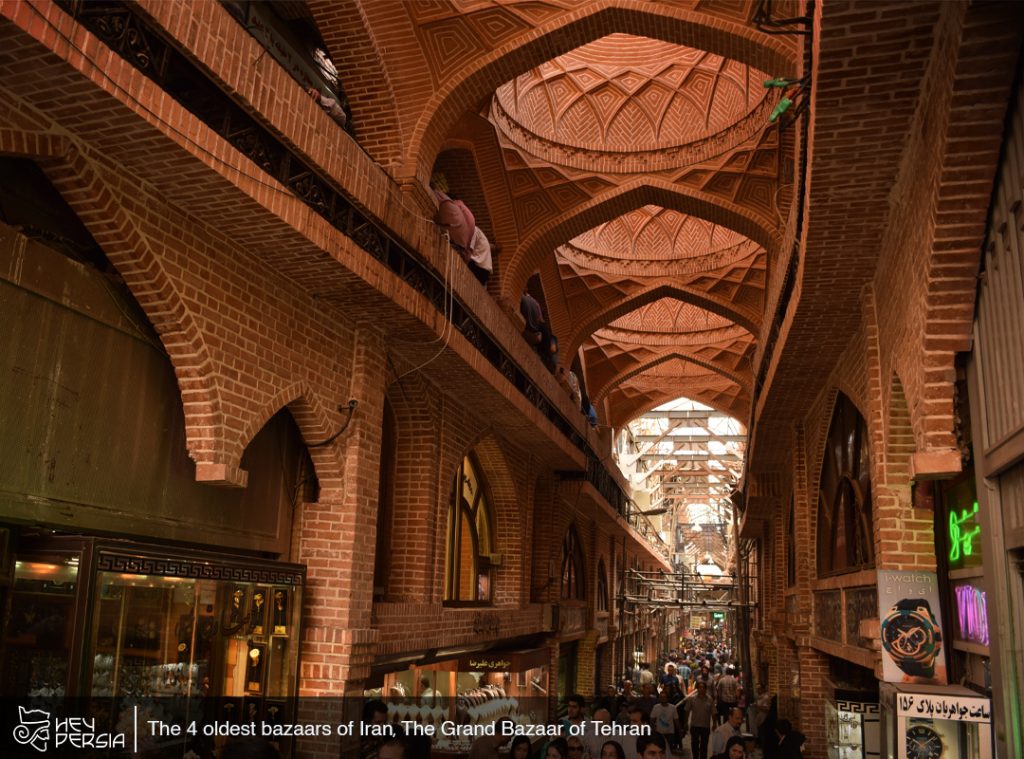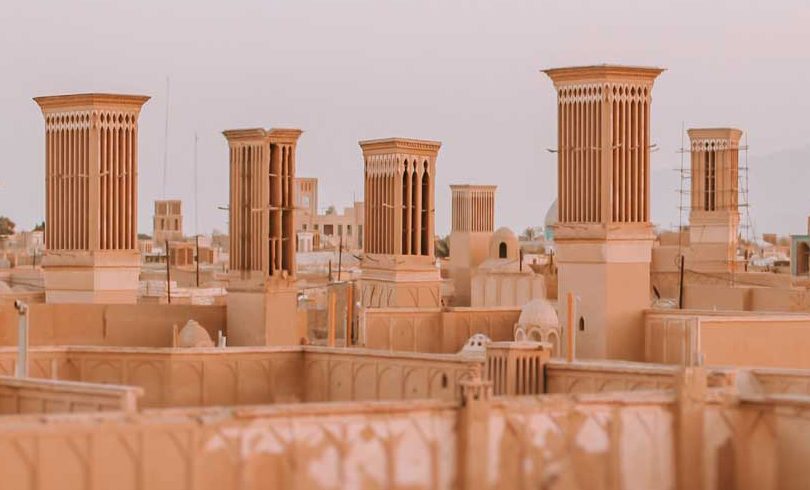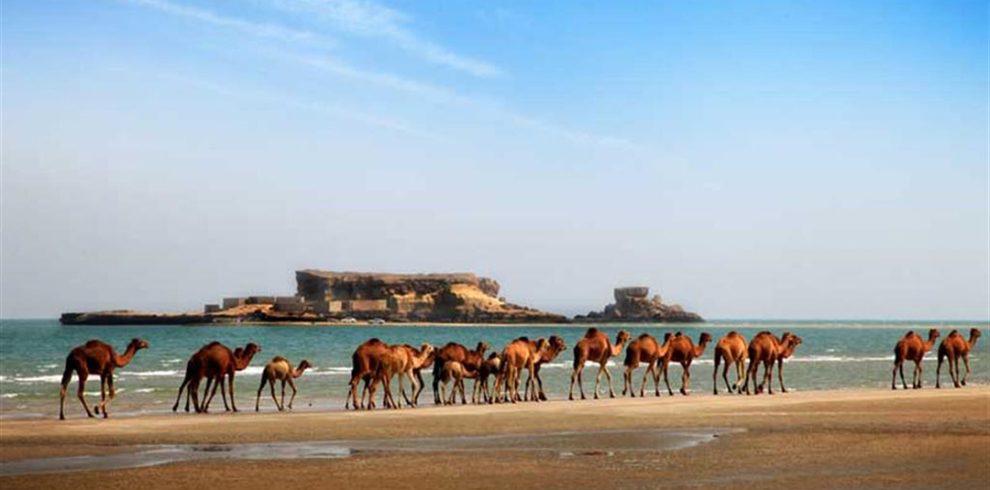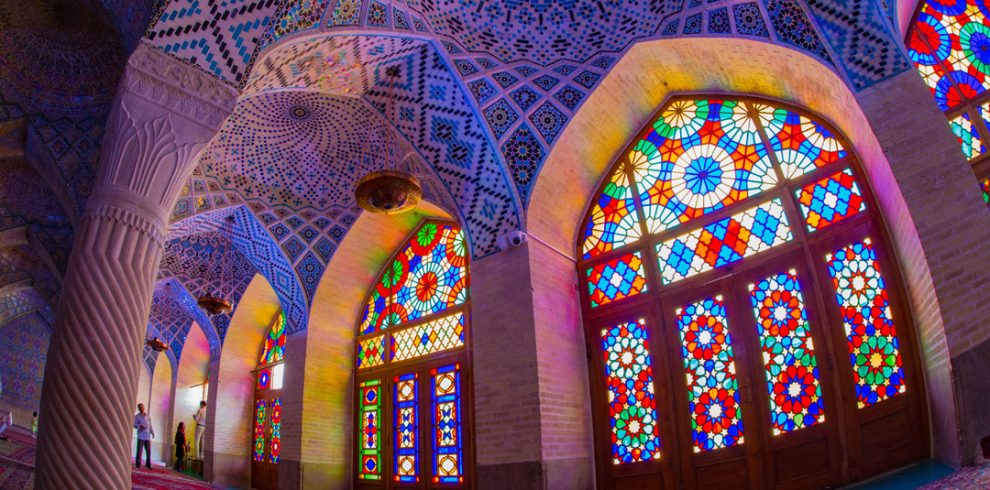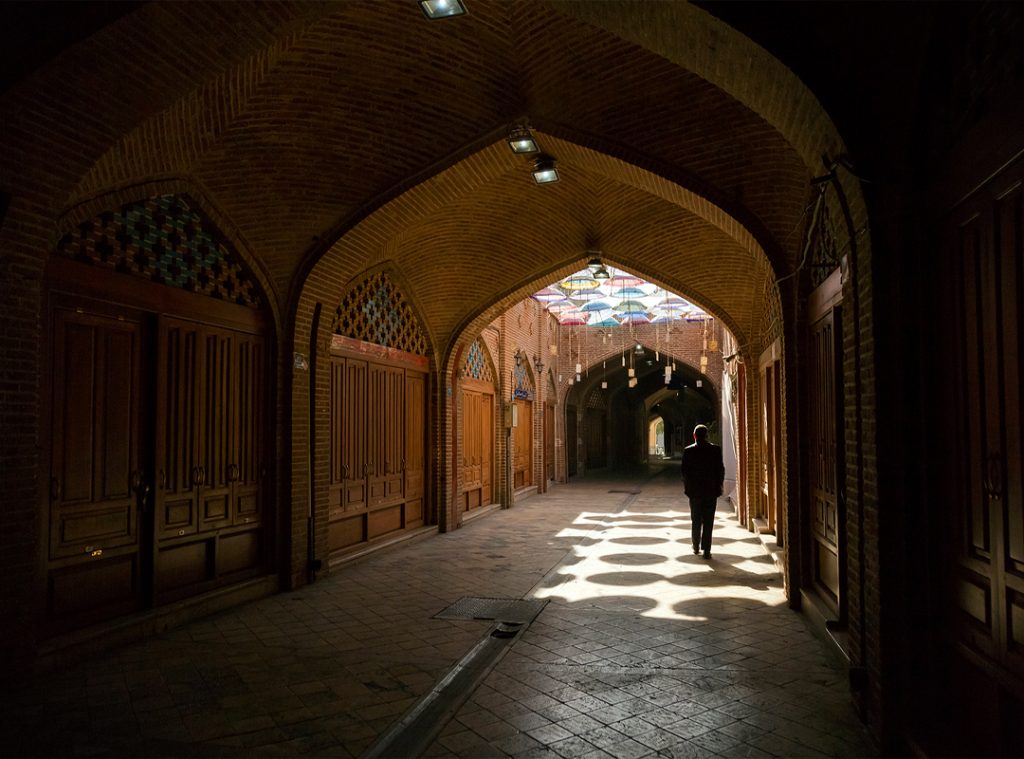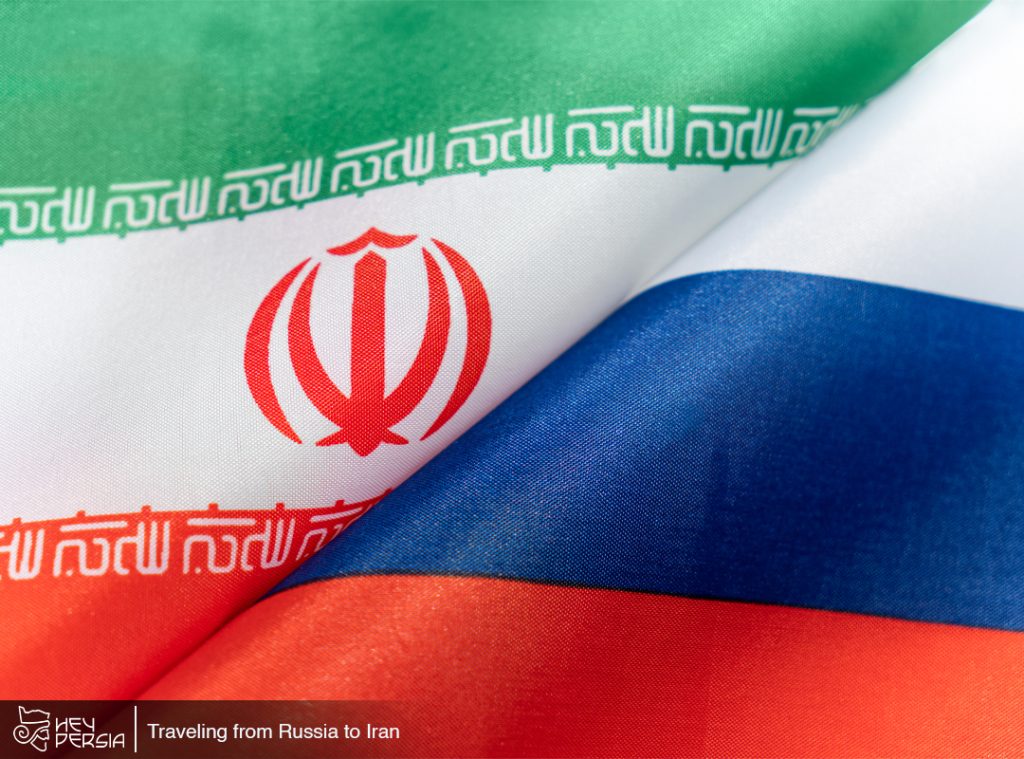Each Bazaar of Iran holds its unique charm, reflecting the distinct characteristics of their respective regions while continuing to thrive as essential centers of trade and culture in Iran. Stay with Hey Persia to learn more about The 4 oldest bazaars of Iran.
The Grand Bazaar of Tehran of The 4 oldest bazaars of Iran
The Grand Bazaar of Tehran, or “Bazaar-e Bozorg-e Tehran,” stands as one of the most historic and bustling markets in Iran. Dating back over 200 years, this colossal marketplace covers a vast area within Tehran, consisting of interconnected corridors, alleys, and courtyards. It’s a hub for various goods such as carpets, spices, textiles, and handicrafts. The architecture reflects traditional Iranian designs, with vaulted ceilings, domes, and ornate tilework. It serves as a cultural and economic center, attracting both locals and tourists alike.

The Grand Bazaar of Isfahan of The 4 oldest bazaars of Iran
Isfahan’s Grand Bazaar, or “Bazaar-e Bozorg-e Isfahan,” is another ancient market that has been integral to the city’s fabric for centuries. Its roots trace back to the 17th century during the Safavid dynasty. This bazaar is renowned for its stunning architecture, showcasing intricate mosaic tiles, stunning arches, and historic caravanserais. Within its labyrinthine paths, visitors encounter a diverse array of products, including Persian rugs, spices, traditional clothing, and antiques. It remains a significant cultural and commercial landmark in Isfahan.
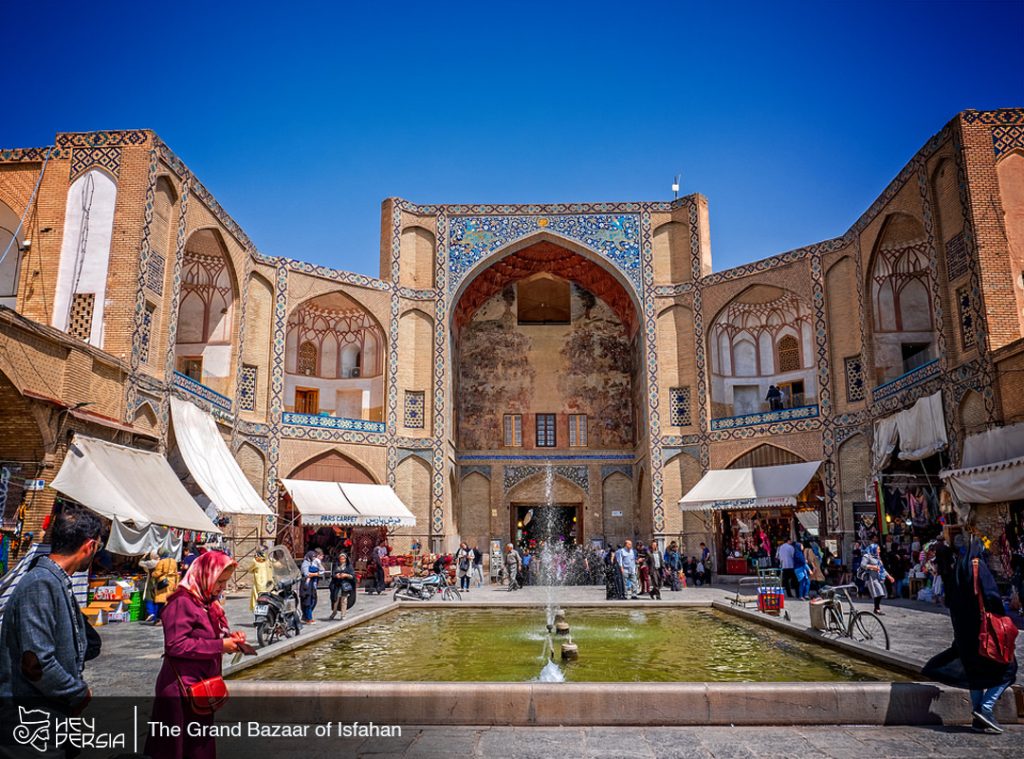
The Grand Bazaar of Tabriz
The Grand Bazaar of Tabriz, or “Bazaar-e Bozorg-e Tabriz,” is one of the oldest and most prominent bazaars not just in Iran, but in the entire Middle East. Its origins can be traced back over a millennium, with sections dating back to the 10th century. This UNESCO-listed site covers a vast area, housing numerous interconnected markets, mosques, bathhouses, and caravanserais. The architectural marvels within this bazaar include intricate brickwork, stunning domes, and historic structures. It’s a thriving hub for carpets, spices, jewelry, and various handicrafts, embodying the rich heritage of Tabriz.
The Grand Bazaar of Shiraz
Shiraz, known for its poetic heritage and cultural significance, boasts its own historic bazaar, “Bazaar-e Vakil.” This bazaar dates back to the 11th century during the Zand dynasty and was later expanded under the Qajar rule. It’s characterized by vaulted ceilings, wide passageways, and traditional Persian architecture. Visitors can explore stalls offering Persian carpets, textiles, spices, and local handicrafts. One of the notable features is the Vakil Mosque and Bathhouse located within the bazaar complex, adding to its historical charm.
The 4 oldest bazaars of Iran
These four oldest bazaars of Iran stand not only as commercial hubs but also as living testaments to the country’s vibrant history, architecture, and cultural heritage.

